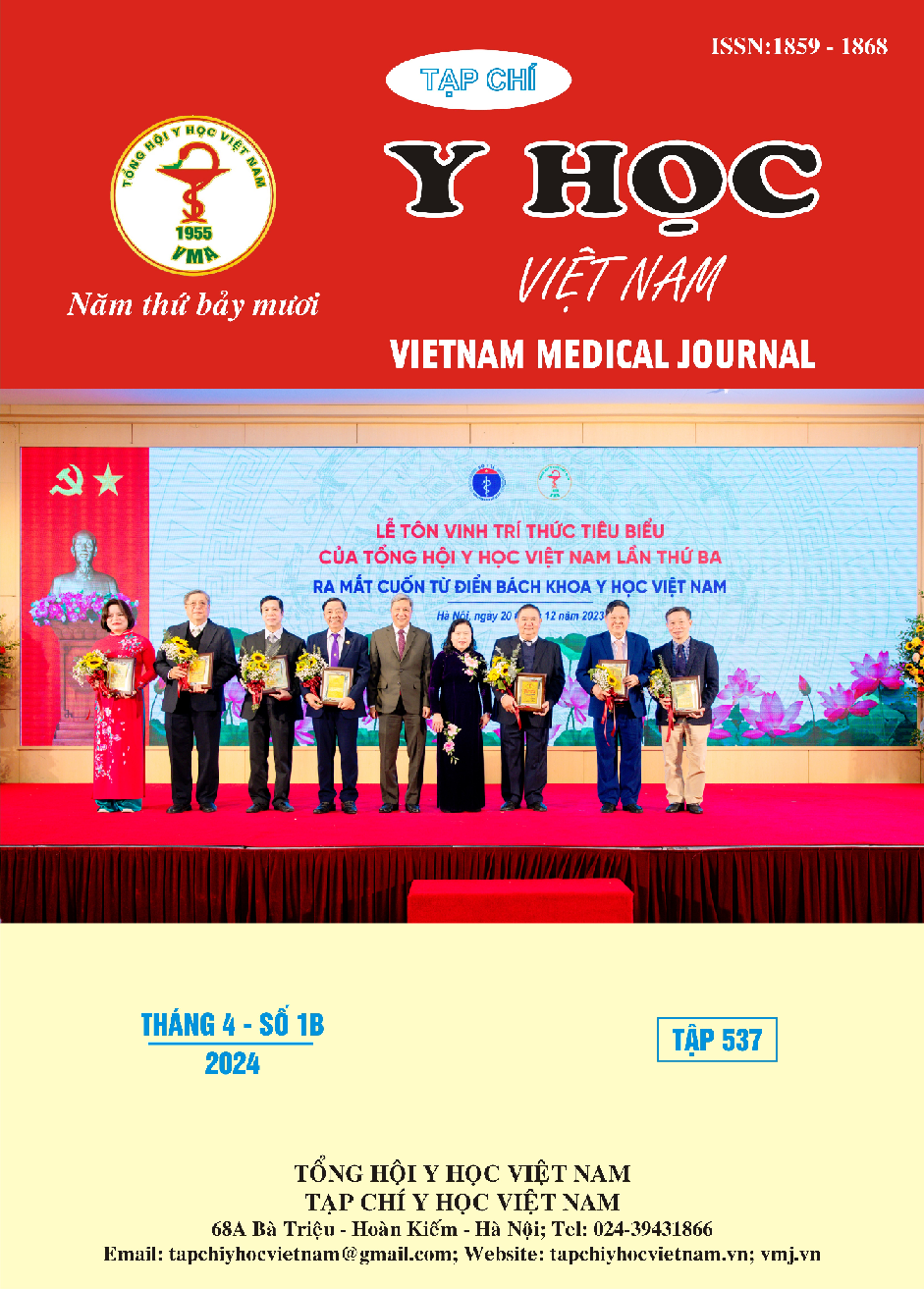ANALYSIS OF TREATMENT COSTS FOR OUTPATIENTS WITH MULTIPLE CHRONIC CONDITIONS AT THONG NHAT HOSPITAL
Main Article Content
Abstract
Introduction: The study was conducted to analyze the treatment costs for patients with multiple concurrent chronic conditions undergoing outpatient care at Thong Nhat Hospital in Ho Chi Minh City in 2022. Materials and Methodology: A retrospective study was conducted on electronic medical records of eligible patients treated outpatient from January 1, 2022, to December 31, 2022, at Thong Nhat Hospital to analyze treatment costs, cost allocation for the comorbid group. Results and Discussions: In 2022, the number of cases with comorbidities at Thong Nhat Hospital was 48,627 (90.19% of the total cases). The elderly, aged 60 and above, had the highest prevalence of comorbidities (57.41%). The prescription count for adults (18 – 59) and the elderly was 65,404 (22.38%) and 226,844 (77.62%), respectively. The average number of visits for elderly patients was 8.16 times, 2.58 times higher than that for adults. Additionally, the number of prescriptions for the elderly was 1,154, exceeding that of adults by 73 types and accounting for 97.88% of the total prescribed medications (p < 0.001). Regarding disease patterns, high blood pressure, and diabetes are among the top 10 most common illnesses. The total average cost for the elderly per month was 744,232 VND, with medication costs at 490,996 VND. Diabetes incurred the highest cost at 4,403,741 VND/year. Patients with comorbid acute myocardial infarction had treatment costs 3.32 times higher than those without comorbidities. The simultaneous occurrence of Heart Failure and Diabetes was correlated with an increase in annual treatment costs for patients. Conclusion: The study indicates that the elderly use the highest proportion of outpatients, the allocation of costs for comorbidities in the elderly constitutes a significant proportion and may pose a burden in treatment.
Article Details
Keywords
Comorbidity, healthcare costs, disease group, chronic illness, ICD-10.
References
2. Van den Akker M, Buntix F, Metsemakers JFM, Roos S, Knottnerus JA. Multimorbidity in general practice: Prevalence, incidence, and determinants of co-occurring chronic and recurrent diseases. J Clin Epidemiol. 1998;51(5):367–75.
3. Wolff JL, Starfield B, Anderson G. Prevalence, expenditures, and complications of multiple chronic conditions in the elderly. Archives of Internal Medicine. 2002;162(20):2269–76.
4. Fortin M, Lapointe L, Hudon C, Vanasse A, Ntetu AL, Maltais D. Multimorbidity and quality of life in primary care: A systematic review. Health and Quality of Life Outcomes. 2004;2.
5. Vogeli C, Shields AE, Lee TA, Gibson TB, Marder WD, Weiss KB, et al. Multiple chronic conditions: Prevalence, health consequences, and implications for quality, care management, and costs. Journal of General Internal Medicine. 2007;22(SUPPL. 3):391–5.
6. Valderas JM, Starfi B, Sibbald B. Understanding Health and Health Services. Annals Of Family Medicine. 2009;357–63.
7. Buttorff Christine, Ruder Teague, Bauman Melissa, RAND Health. Health Services Delivery Systems., Rand Corporation. Multiple chronic conditions in the United States. 33 p.
8. Harrison C, Henderson J, Miller G, Britt H. The prevalence of complex multimorbidity in Australia. Australian and New Zealand Journal of Public Health. 2016;40(3):239–44.


